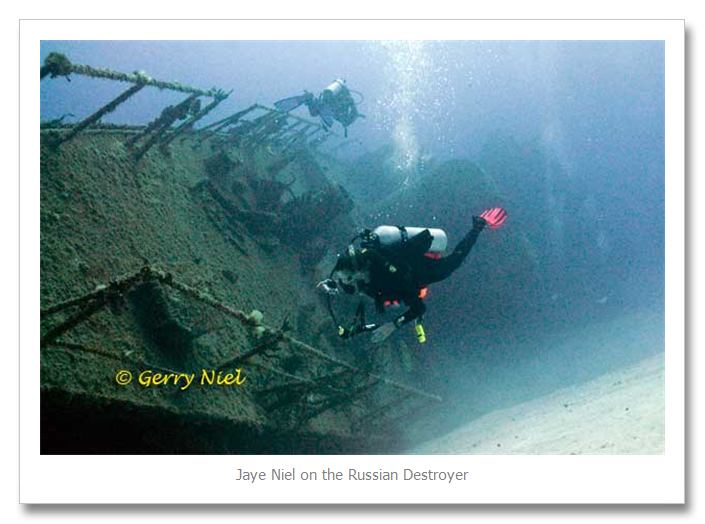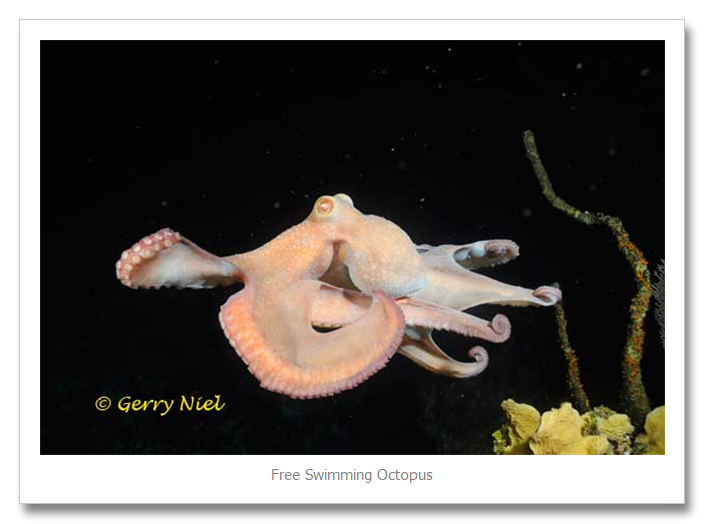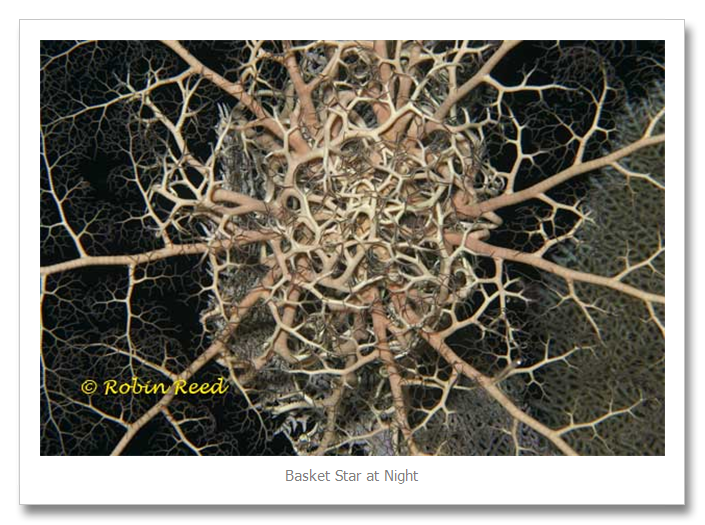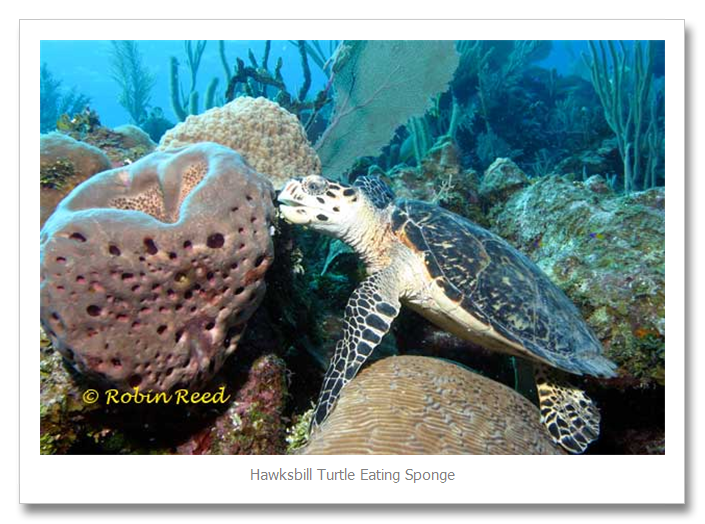While Veronica and I were on the Cayman Aggressor IV for our week in the Cayman Islands, we were in the company of a number of our good friends. Two in particular are aspiring underwater photographers who I have known for a lot of years. I have helped them with their photography, agonized with them during their underwater disasters and cheered their underwater triumphs. I wanted to take a little time and introduce you to both of them.
First is Gerry Niel from Mint Hill, North Carolina. Gerry and his wife, Jaye, are originally from New Jersey and we dove together when they lived here. I have followed Gerry’s travels from Nikonos underwater cameras to an Ikelite housed camera system and now to his latest kit, a Nikon D90 in an Aquatica housing. Like all of us who have traveled the underwater photography road, Gerry has had a lot of the same disasters that have plagued us all. The most disastrous is the camera or housing flood. There is a saying in underwater photography. It is not “if” you flood your camera, it is “when” you flood it. Although most flooding is due to user error, there are also floods caused by crowded camera buckets and “handling by others” issues.
Like me, Gerry, has had his share of those and we kept our fingers crossed on the Cayman Aggressor IV. It was Gerry’s first trip with his new housing and he was working out all the kinks. He had one lens (Sigma 17-70mm zoom) which presented problems when the camera had to be removed from the housing. At the beginning of the trip, Gerry was frustrated with the amount of effort that went into working with this lens. I tried to find a smoother way to deal with removing the camera body to remove the flash card or to change batteries but I was equally frustrated. Happily, by the end of the cruise, Gerry became very adept at making the change and his frustration level had decreased immensely.
I have also watched Gerry’s progress as an underwater photographer. He is one of those people who gets it. He understands shutter speeds, f-stops and ISO and is able to make corrections when they are needed. It was much harder to do this with film cameras as the only feedback that we got was when the film was developed and we saw the results. Even then, it wasn’t always easy to remember what you were doing when a particular photo was taken. Now, with digital, we don’t have to wait. We can see our results immediately and can make changes when they are required. The LCD on the back of the camera and the histogram are two invaluable tools.

Gerry used the 17mm end of his Sigma lens to photograph his wife Jaye, on the Russian Destroyer, Captain Keith Tibbetts, off Cayman Brac.
With digital photography, it is not enough to be a good photographer, you need to be knowledgeable with computers. This is where Jaye comes into the picture. Just like Gerry getting it about photography, Jaye gets computers and she really enjoys using programs like Photoshop to work on Gerry’s photos. They make a great team.
All photographers love it when they get a “WOW” moment. It happens to all of us but it is the number of times that it happens that differs between photographers. Gerry had a “wow” moment on one of his night dives. It was one that I didn’t do and I am sorry that I missed it. Gerry came upon an octopus and while he was photographing it, it decided to go for a swim and Gerry got everything right.

When Gerry showed us the photo, we all went “WOW”. This is certainly a shot to be proud of. It makes me feel so good to see Gerry move forward as he has.
My other aspiring photographer is Robin Reed from Delray Beach, Florida. I have spent a lot of time with Robin and her photography. I remember when she was using a film camera and a particular dive vacation that almost ended her photographic journey. She was so disappointed with her results that she was ready to throw in the towel. I somehow managed to talk her into giving digital a try.
Digital is exactly what Robin needed. She took to it like a duck takes to water. She could see the results on her LCD and she understood the meaning of her histograms and she knew what she needed to change to get better results. On her first excursion with digital, she was hooked. She was getting better results with digital than she ever got with film. To add to her digital experience, Robin is good with a computer and embraced Photoshop.

Although she loves digital, the photographic road is not an easy one. It is filled with highs and lows. There are times when you can’t seem to do anything right and it can be very frustrating. Sometimes, we need to step back and look where we were and how far we have come. When things are not going well, saying it is easier than doing it.
Over this past winter, Robin updated her Ikelite housing to the new four lock port system, a new bulkhead fitting and had TTL installed. Our Cayman trip was her first chance to try the TTL system and she was a little disappointed with the results. One of the great things about digital is that when you view your photos in the computer, you can also see the settings that you used to take the picture. There is information about the strobe firing and what conditions where set by the camera when it fired. I looked at this information in Robin’s photos and saw some things that might explain her difficulties. Did any of this mean that Robin didn’t get some great photos. No it didn’t. I think back to Robin’s film days and remembered that she would have been happy to have a dozen great shots from an entire trip. Now that frustration sets in when she doesn’t get that many from a single dive.

I am proud of Robin. I think that she has come a long way in underwater photography. You can see more of Robin’s work at her web site: Robin-Reed.com.
I would love to say that the underwater photography journey gets easier but it doesn’t. I can say that you can get incredible enjoyment from it.
Gerry and Robin have come a long way and I know that their journeys are far from over.
© 2010, Herb Segars. All rights reserved.

